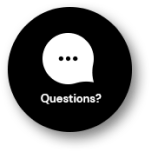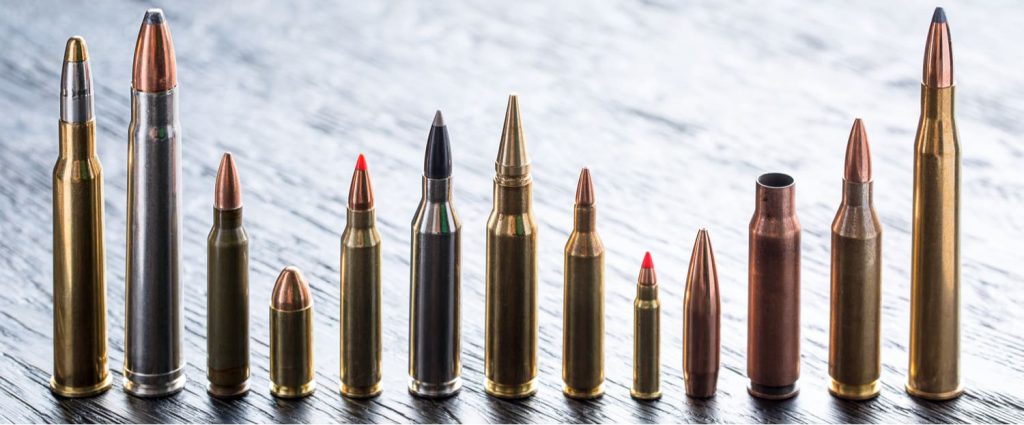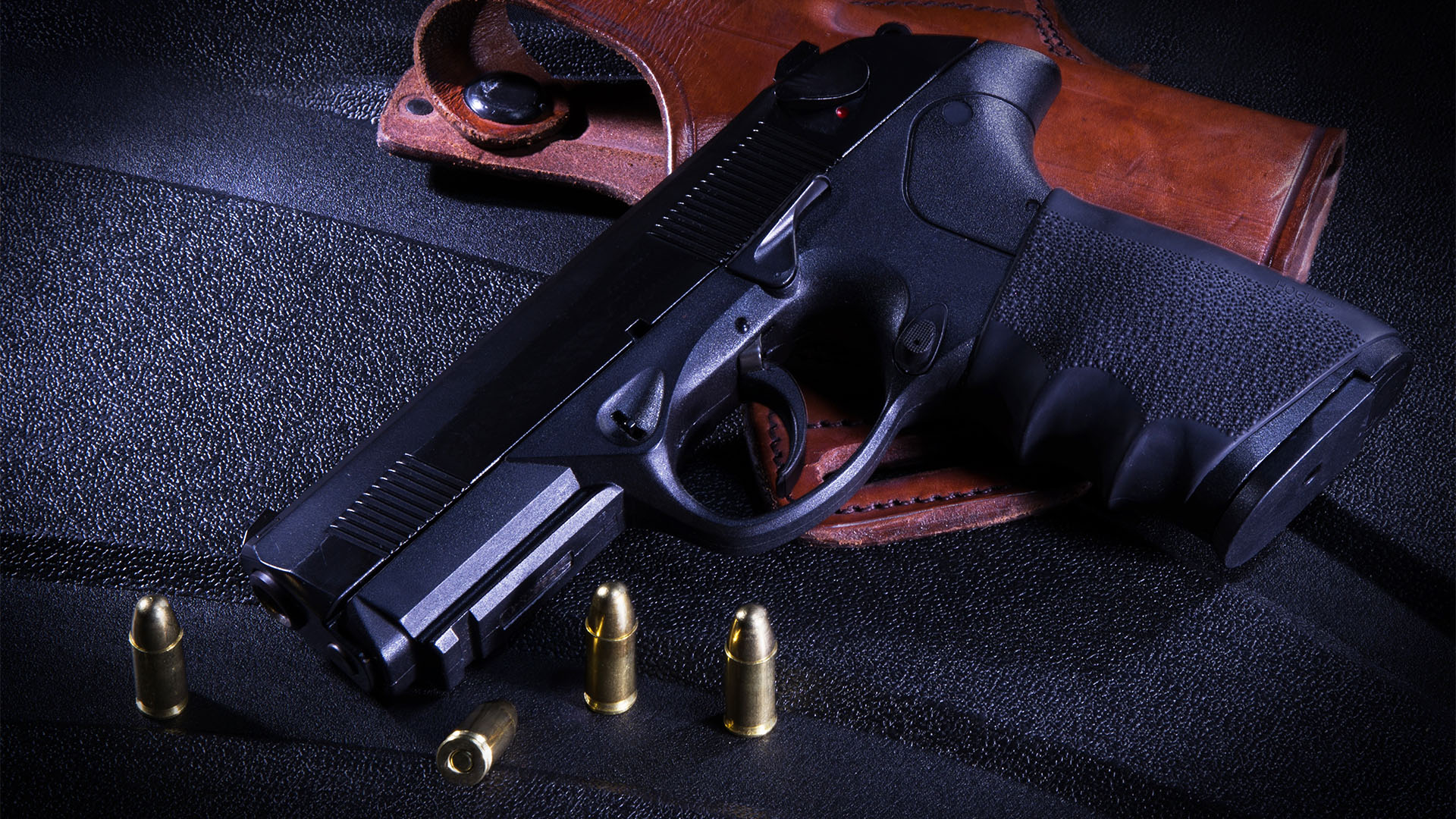The term “caliber” can refer to a gun barrel or to ammunition. It can be measured in inches or millimeters (mm). A gun’s caliber is the internal diameter of the barrel. When referring to ammo, it is the diameter of the bullet. To clarify the terminology, a cartridge is the entire unit that you load into your firearm, whereas the bullet only refers to the metal projectile that the gun fires. Calibers are important to consider when choosing a firearm and each one has its own pros and cons.
Bullet Calibers
The following list includes some of the most popular calibers for bullets and some information about each one. Although it does not cover every type of bullet, it is a good beginner’s guide to the most common calibers you will see when shopping for a firearm or ammo.
.22 LR
.22 Long Rifle (LR), commonly referred to as just “twenty-two,” is a good starting caliber if you have never fired a gun before. It is the most commonly sold ammo in the world. Since the bullets are relatively small, the recoil on a .22 LR firearm is less intense. They also make less noise when firing. Their smaller size does have an effect on their power. Most experts don’t consider them the best option for self-defense. This caliber works well for hunting small game.
.380 ACP, .38 Special, and .357 Magnum
.380 Automatic Colt Pistol (ACP) bullets actually have a diameter of 0.36 inches. This is the same as the .38 Special and .357 Magnum. The difference between the three is the length of the cartridge. The .380 ACP is the shortest and .357 Magnum is the longest. The .380 ACP is generally considered the smallest caliber that is reasonable for self-defense. .38 Special and .357 Magnum have more recoil than the .380 ACP. It is important to note that while the diameter is the same, you should not use any ammo in your gun that is not suggested in the owner’s manual and the differing lengths prevent these calibers from being interchangeable.
9mm
9mm has the same diameter as .380 ACP, .38 Special, and .357 Magnum. There are a few different types of 9mm rounds, but the most common is the 9mm Luger, which is used for pistols. 9mm is the standard caliber for most police forces around the world and it is a great choice for concealed carry.
.45 ACP
Many gun enthusiasts recommend .45 ACP rounds since the larger size gives these bullets superior stopping power. The main downsides are that the magazine will hold fewer cartridges, the increased recoil can be a problem for less experienced shooters, and ammo is more expensive than for 9mm rounds.
.223 Remington and 5.56×45 mm
.223 Remington (.223) and 5.56x45mm (5.56 NATO) calibers are very similar in size. 5.56 NATO rounds have more pressure than .223, so it is dangerous to fire 5.56 NATO ammo in a .223 rifle. In some cases, you may be able to fire .223 ammo in a 5.56 NATO gun, although you should always check the specific recommendations in your firearm’s owner’s manual. This caliber is common for AR-15-style-rifles and its smaller size results in a light recoil.
.308 Winchester and 7.62x51mm
.308 Winchester (.308) and 7.62x51mm (7.62 NATO) rounds are both rifle rounds and are similar in size. Mixing these requires special knowledge, so it is usually best to stick with the round that is recommended for your specific firearm. These are popular choices for hunting and are used in heavier caliber machine guns.
Questions about Calibers?
If you have questions about different calibers, you can always ask our experts at The Hub. Whether you are a seasoned enthusiast or a first-time buyer, we are happy to help you find exactly what you are looking for.












